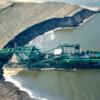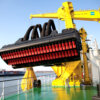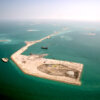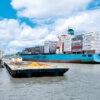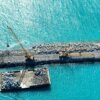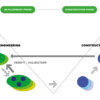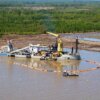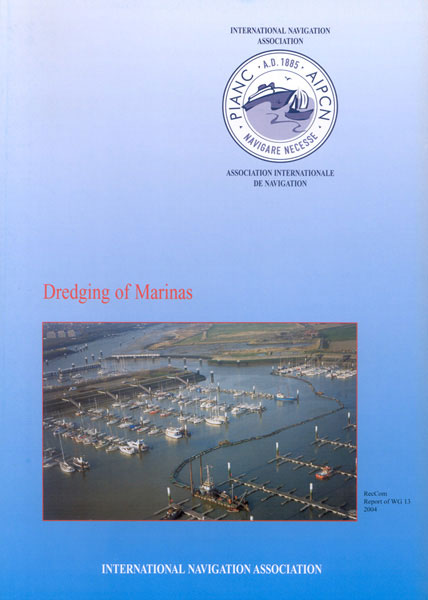Dredging projects are often classified into three categories: capital, that is, for new infrastructure, maintenance, or remedial (environmental) projects.
Capital dredging
Dredging which is carried out in a new location and in material that has never been dredged before, is referred to as a capital project. For instance, the land reclamation for airport platforms and artificial islands, for new ports development, deepening and widening access channels, berthing places, docks, and turning basins are a permanent necessity in order to meet the needs of growing trade and economy. Capital dredging is conducted with attention to sustainability and with respect for nature.
Maintenance dredging
Maintenance dredging is recurrent dredging to maintain or improve existing waterways, even if a number of years pass between consecutive dredging campaigns. Once a dredging operation has been completed, maintaining the site or port is of great importance to ensure that the initial investment remains intact and functions as planned.
Remedial dredging
Remedial dredging is the term used to describe projects where the removal of the material is being carried out purely for environmental reasons, to improve the quality of the site in some way. This often entails the removal of contaminated soils. It often occurs at industrial sites where historically less control of pollution was in place and where the regulations today demand an environmental solution.


